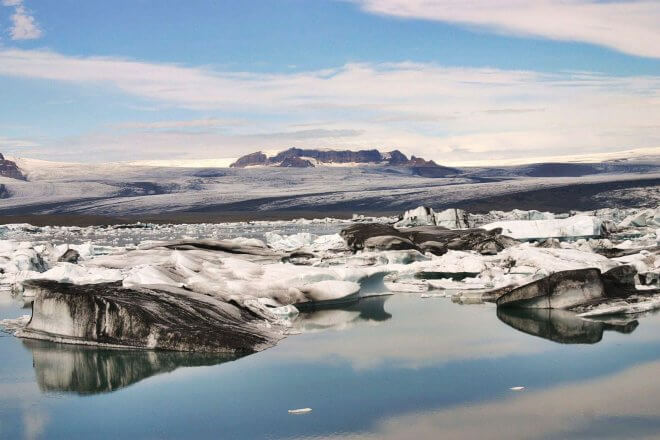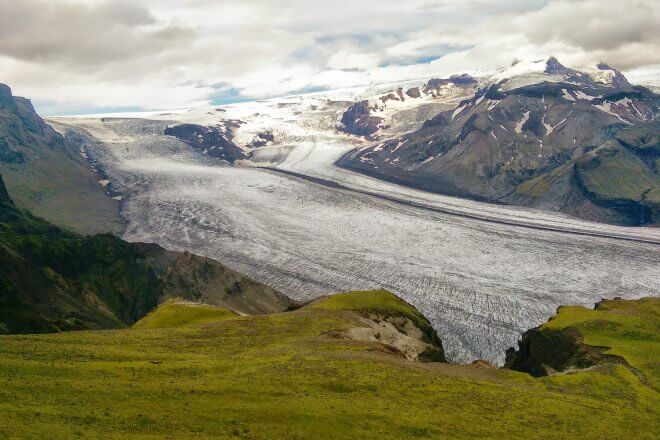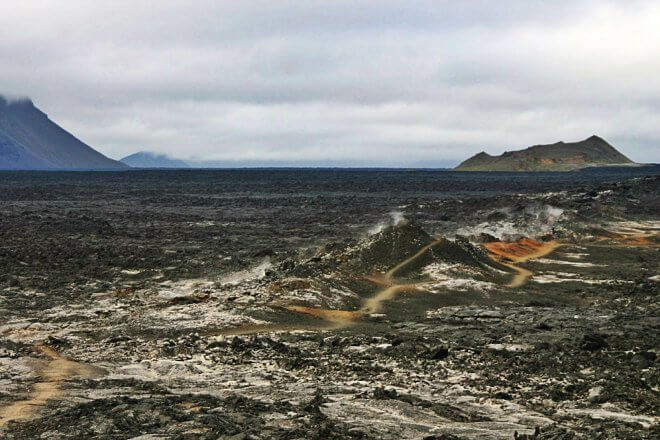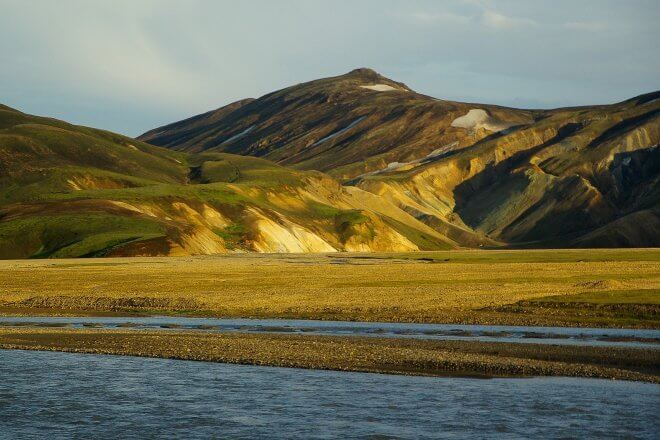Alternative Travel Index Rank: #17
Iceland is also the 4th Most Underrated & the 6th Eco Travel Destination
Excels in level of peace, environment protection, and electricity supply
Population and tourists density at peak season: 4 (very low)
Iceland is a mountainous island in the north Atlantic Ocean, located between Europe and North America. Though not part of the continental mainland, the country is considered Nordic European. Its name may not be that appropriate: although 10% of Iceland is covered by glaciers, it has a surprisingly mild climate and countless geothermal hot-spots and hot springs for the pleasure of travelers.
Iceland is a marvelous place for those who appreciate unusual and desolate landscapes. Because it is so close to the Arctic Circle, the amount of daylight varies dramatically by season. Only in the March and September equinoxes, days and nights are of about equal length, as elsewhere in the world.
Travel Costs
Iceland ranks #128/141 for price competitiveness in Justraveling’s Alternative Travel Index. Average travel costs per day: $74 (backpacker) – $338 (mid-range).
Best Time to Go
May-Sep is the best time to go to Iceland. During summer the tourist traffic is still mild and the midnight sun is a beautiful sight, not to be missed.
Places to Visit
Founded in 2008, Vatnajökull National Park is Europe’s largest national park, covering about 12% of the island’s surface. The park is home to Iceland’s highest mountain, Hvannadalshnúkur, largest glacier, Vatnajökull, and Europe’s largest waterfall in terms of volume discharge, Dettifoss.
Located on the westernmost tip of the Snaefellsnes peninsula in West Iceland, Snæfellsjökull National Park is home to the ice-covered volcanic crater that was the setting for Jules Verne’s book Journey to the Center of the Earth.
Jökulsárlón is a majestic glacial lagoon in Southeast Iceland, situated close to Höfn on Route 1. Breiðamerkurjökull glacier retreated very quickly from 1920 to 1965 leaving this breathtaking lagoon, which is up to 190 mt. deep. Ice breaks off from the glacier keeping the lagoon stocked with icebergs all year round.
Þingvellir National Park is a UNESCO World Heritage site at 40 km east of the capital Reykjavík. Not only is it the original location of the longest running parliament in the world, but it’s also the place where the North-American and the European continental shelf plates are being torn apart.
Mývatn is a lake region near Akureyri in the north of Iceland. It presents an unearthly appearance owing to special types of volcanic craters throughout the lake. There are plenty of activities in this area, including Smajfall (desert with sulphuric steam from ground), and Dimmuborgir (aka The Gates of Hell).
Travel Ideas and Things to Do
Camping in Landmannalaugar (South Iceland), surrounded by a massive rhyolite cliff, the hot spring, and the steaming sulphur pots. The tiny campsite will be your base to hike the nearby mountains. Only accessible in summer, the landscape is fairly rough, so four-wheel drive and high clearance is a must.
Choosing from the over 50 farm stay accommodations offered by Icelandic Farm Holidays, you can make a positive contribution to rural communities in Iceland, discovering how they live from the inside.
Looking for a truly alternative Icelandic experience? A 2/3 weeks workcamp may be your thing. SEEDS develops various social, cultural, archeological and maintenance volunteering projects, based on the needs of local communities.
More active travel ideas for your next trip can be found in the Hiking Series. Check out these five routes to enjoy an awesome day hike in Iceland.
This Travel Guide is a work in progress. Improve it with an Icelandic touch!
- Browse All European Destinations
- World’s Best Alternative Travel Destinations
- Trip Planning: Inspiration, Budget, Flights, Accommodations, Tools
Sources: some text excerpts from Wikitravel & Wikipedia; travel cost data from Numbeo.




